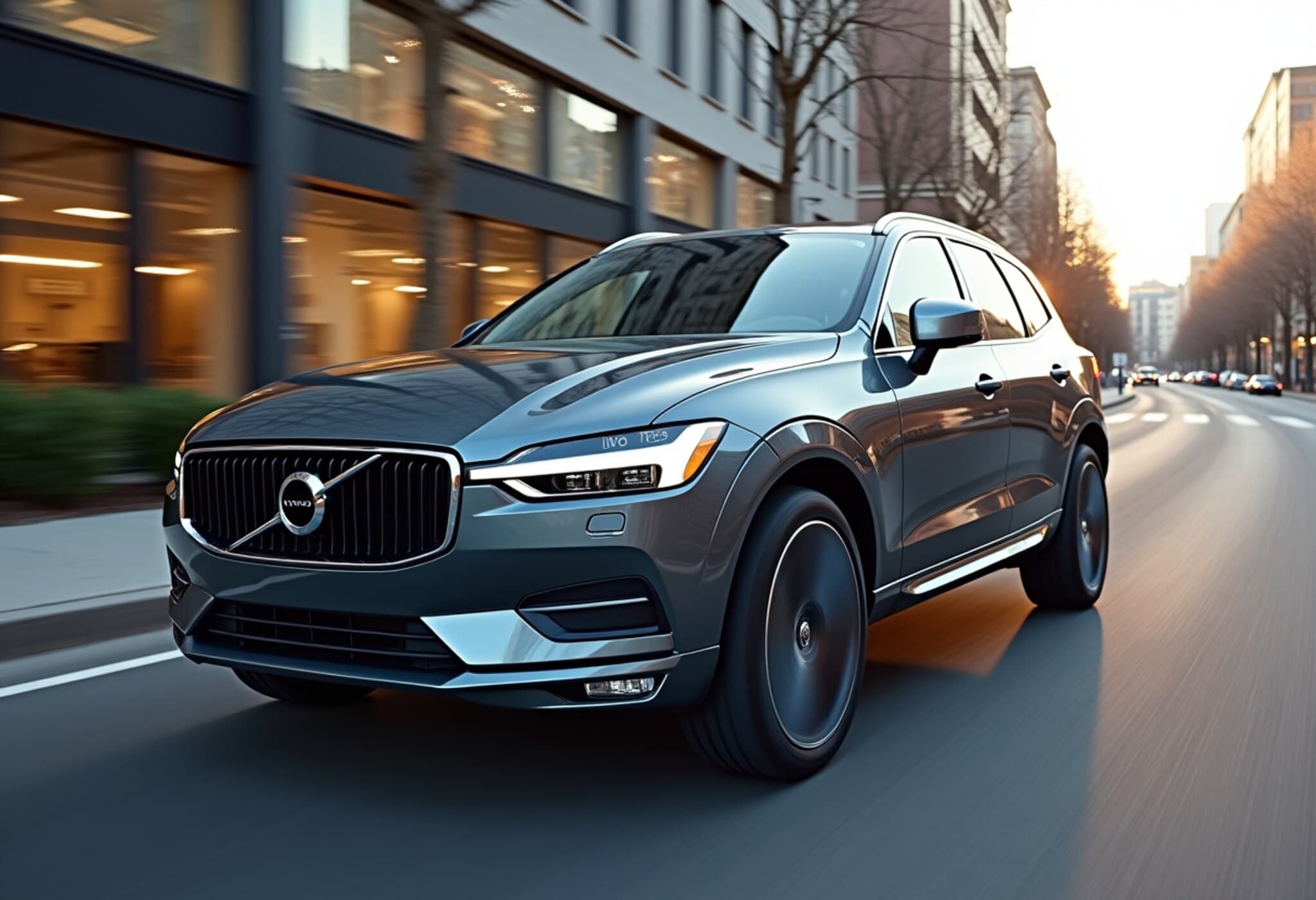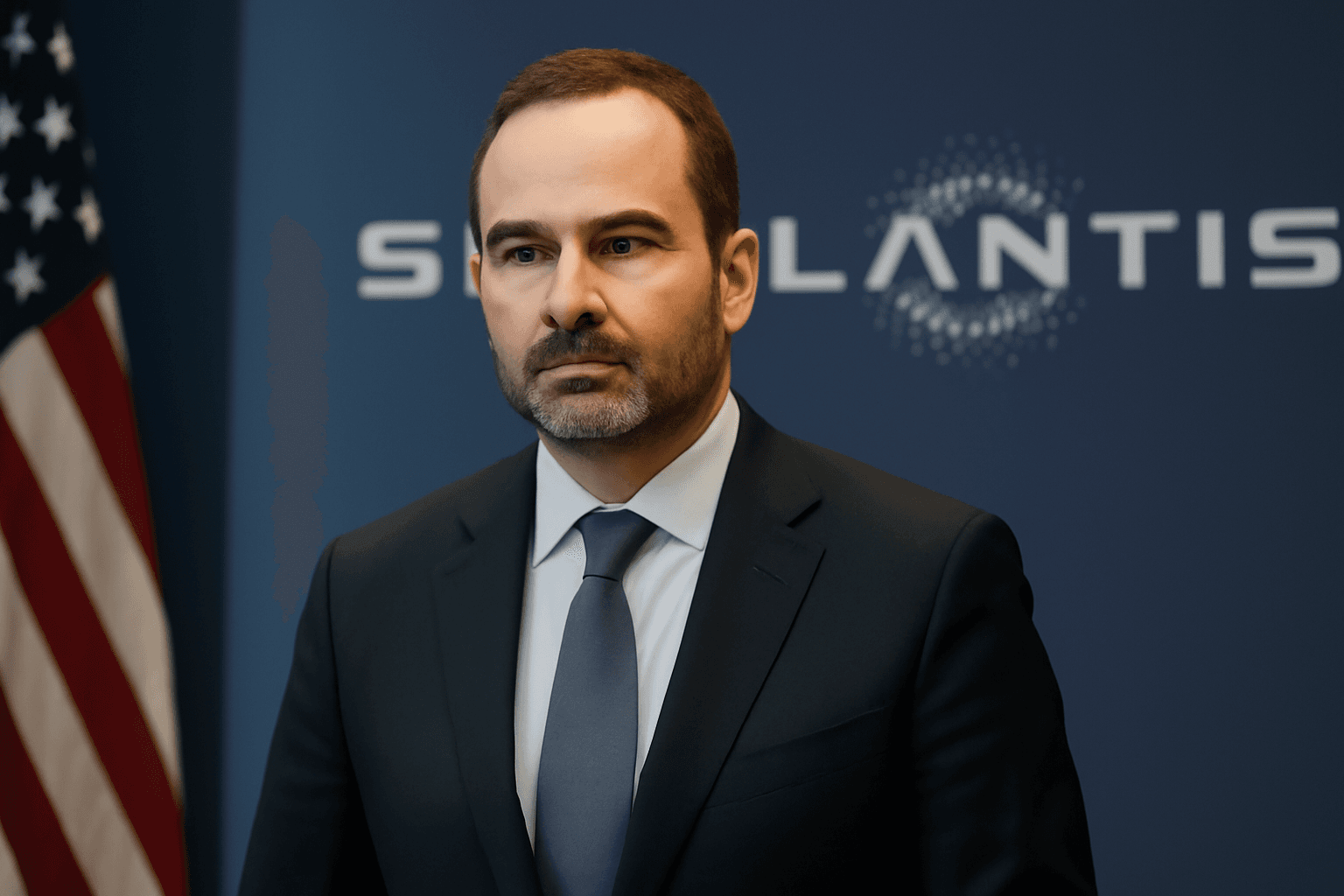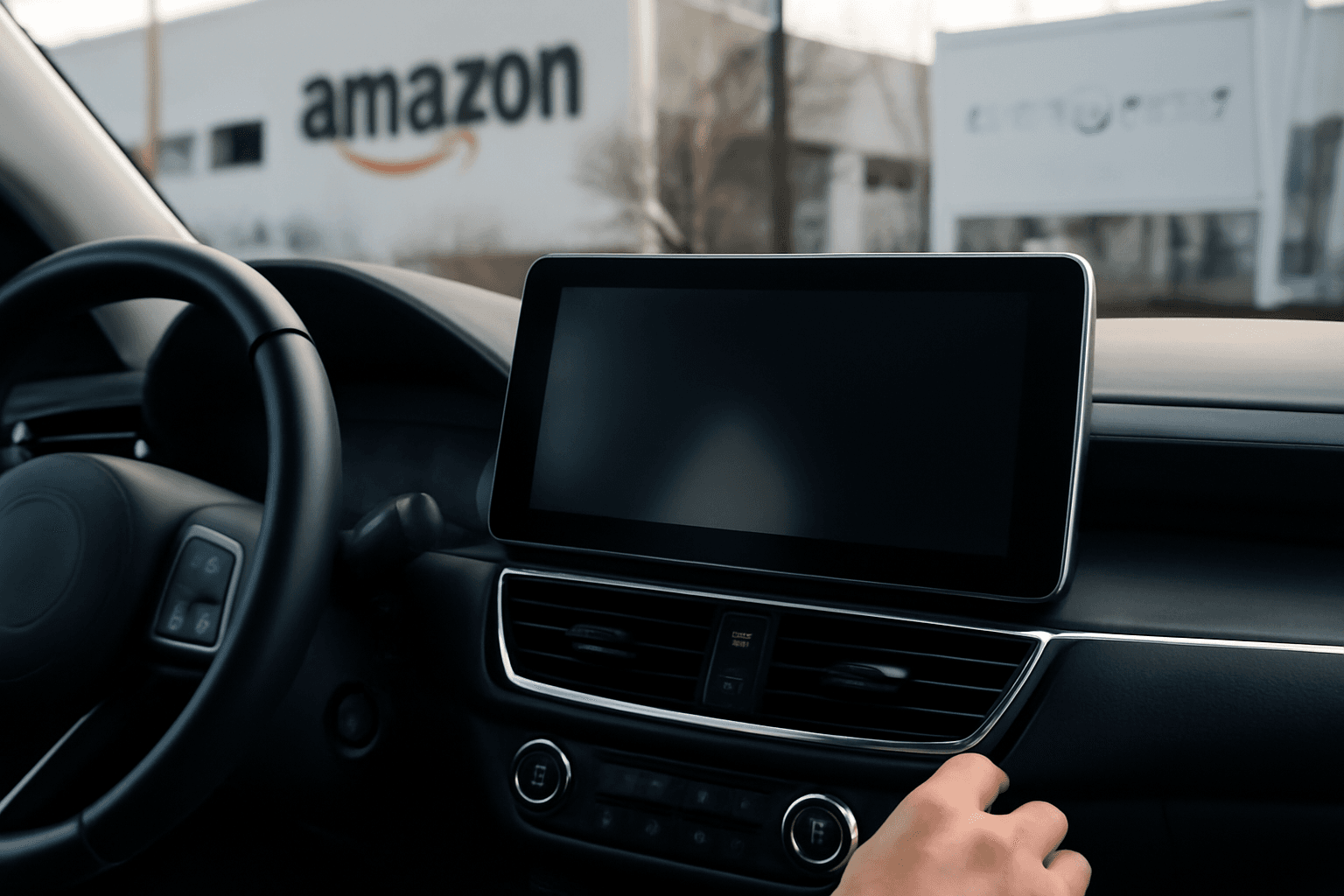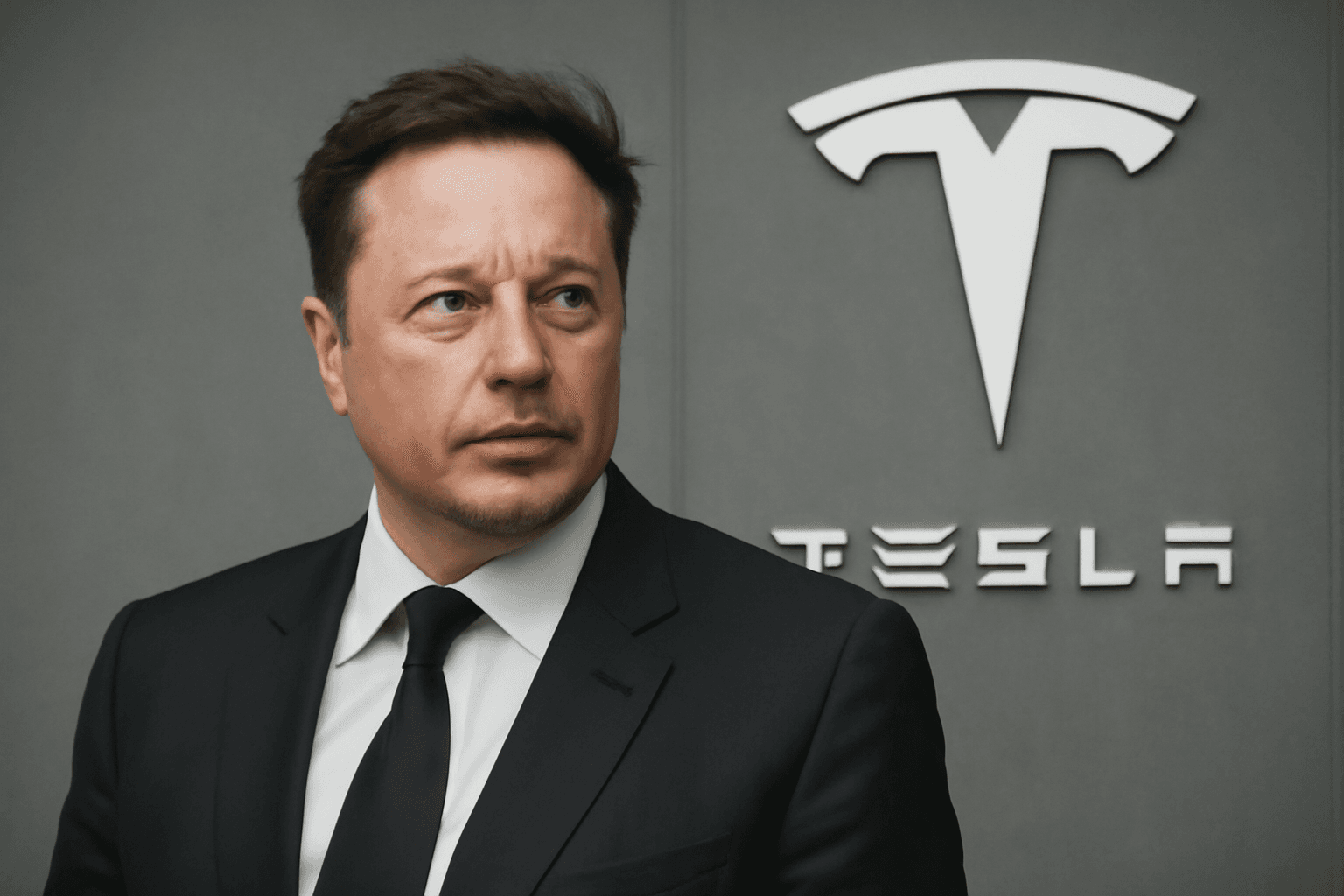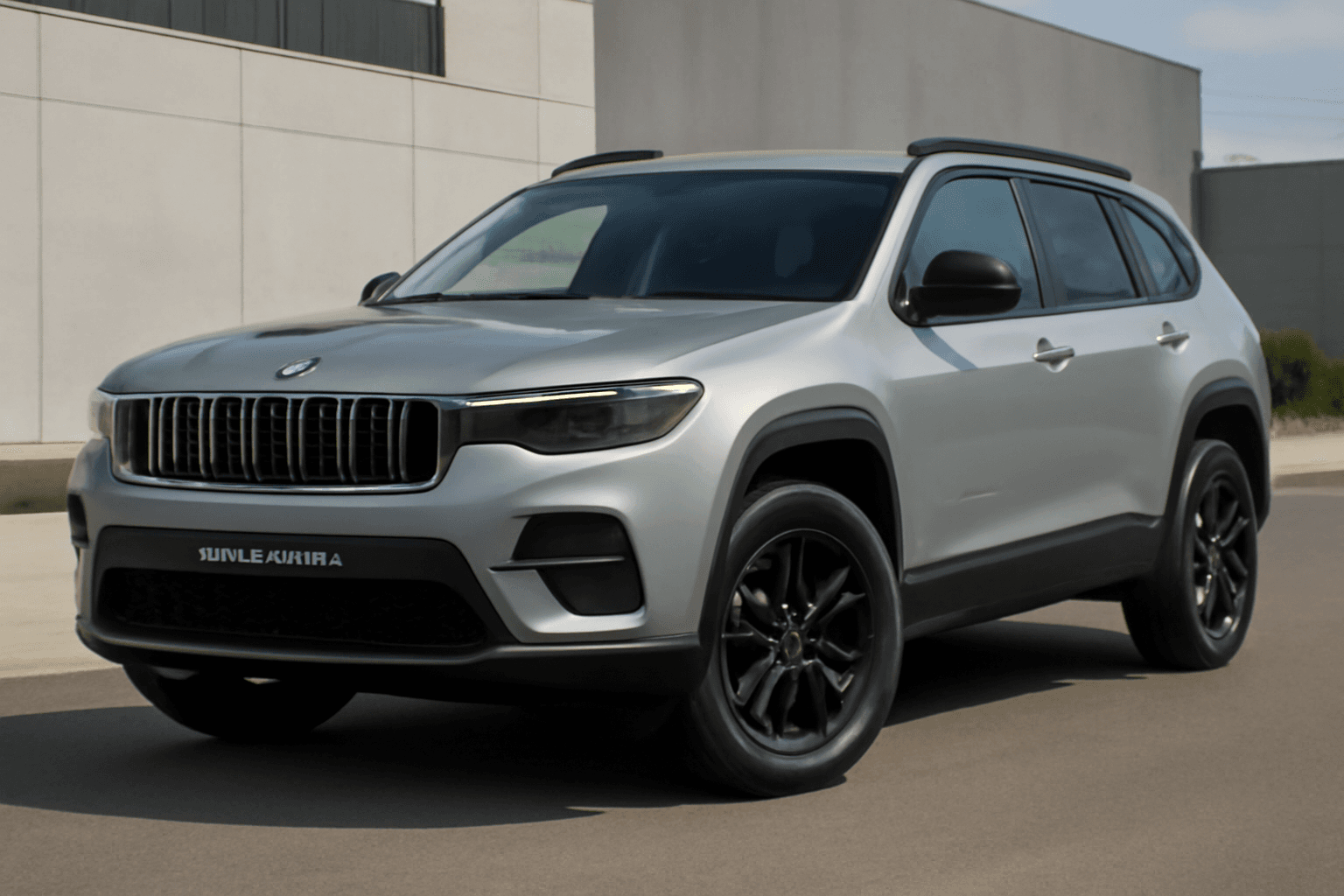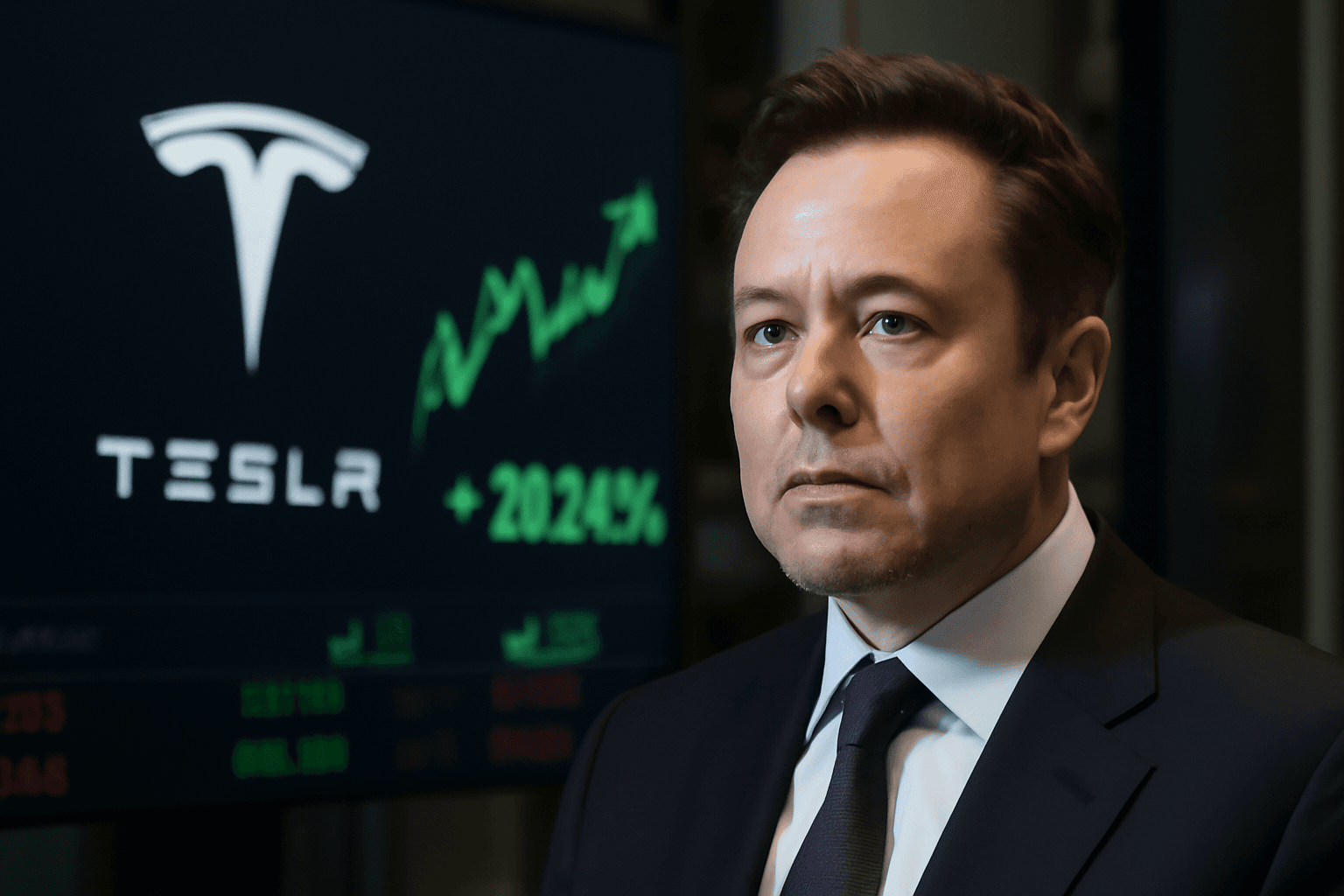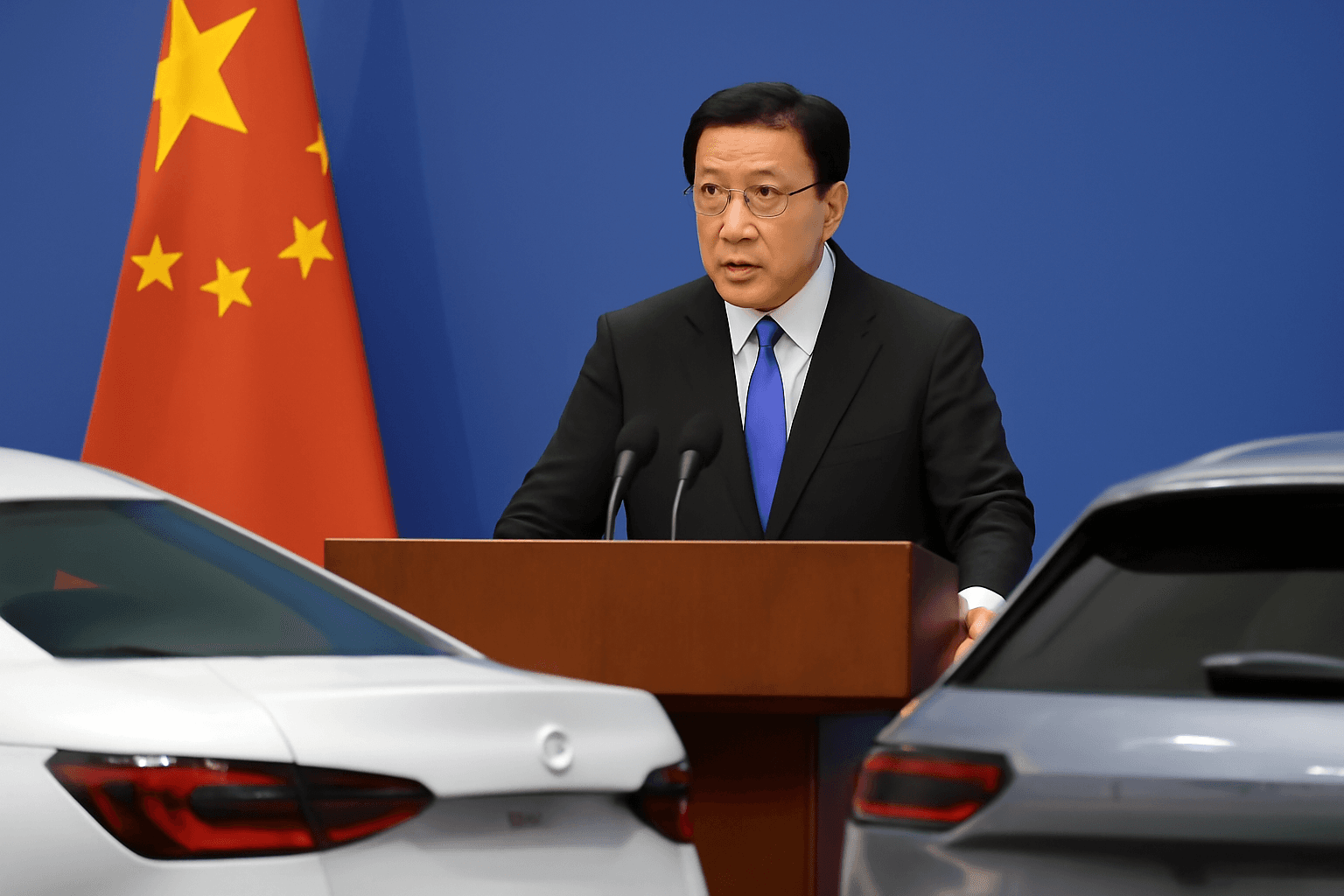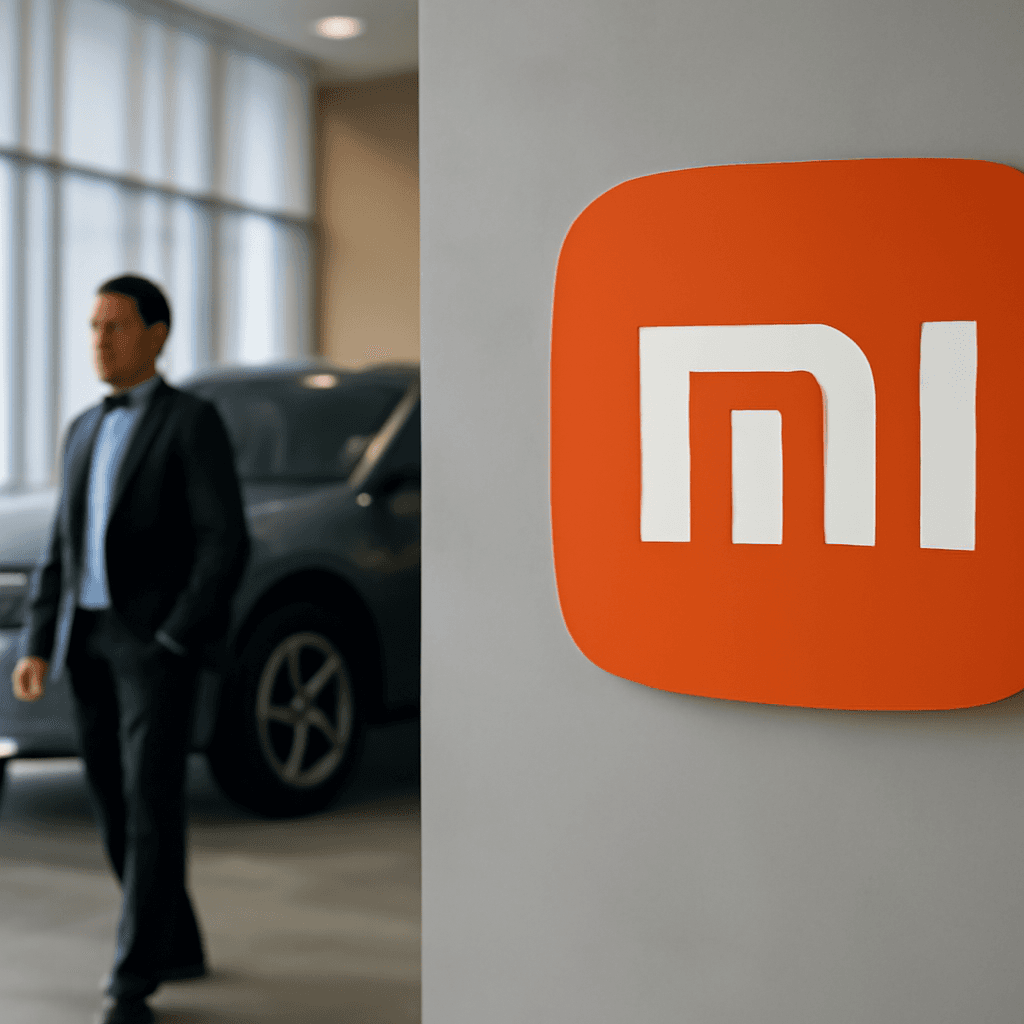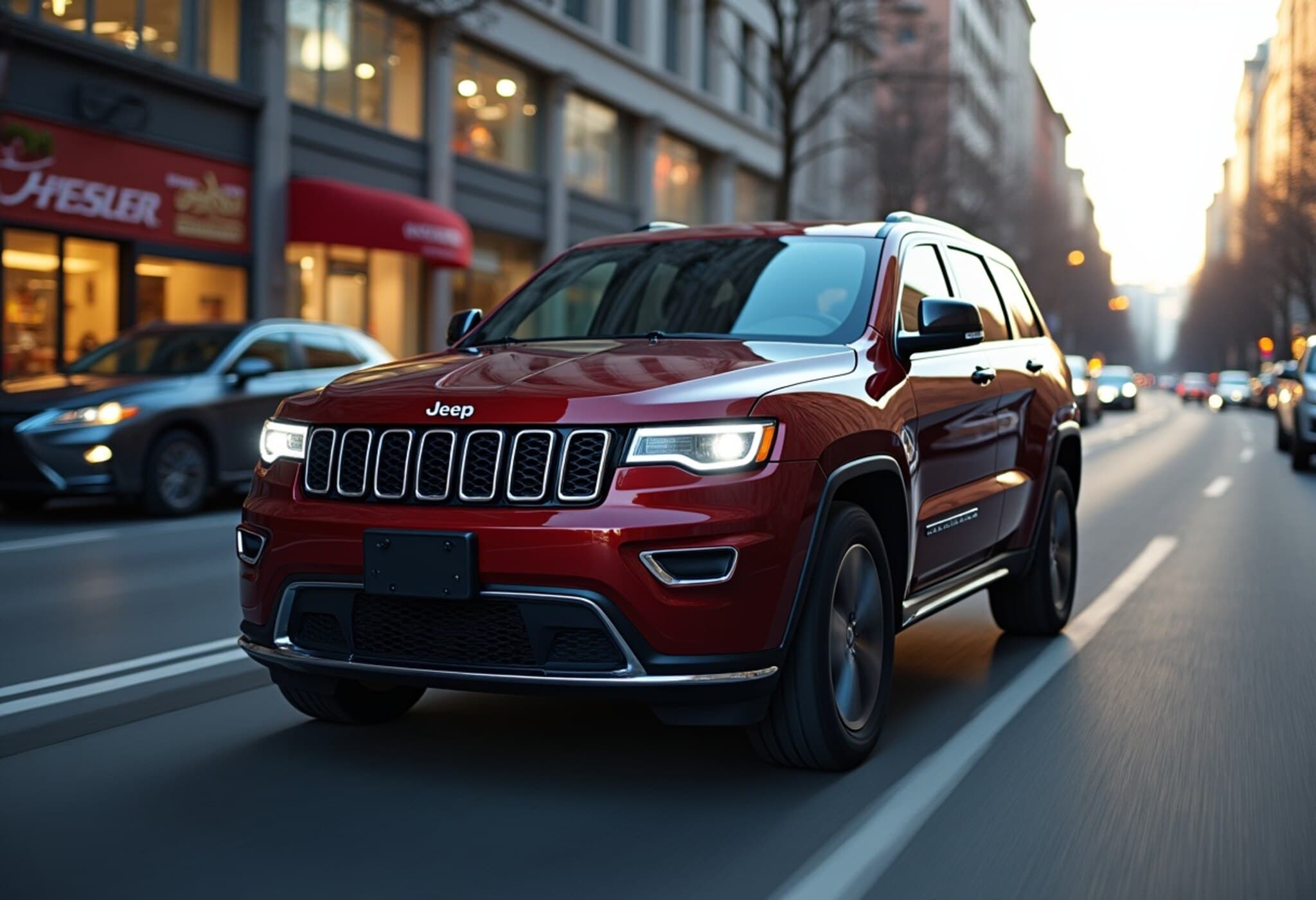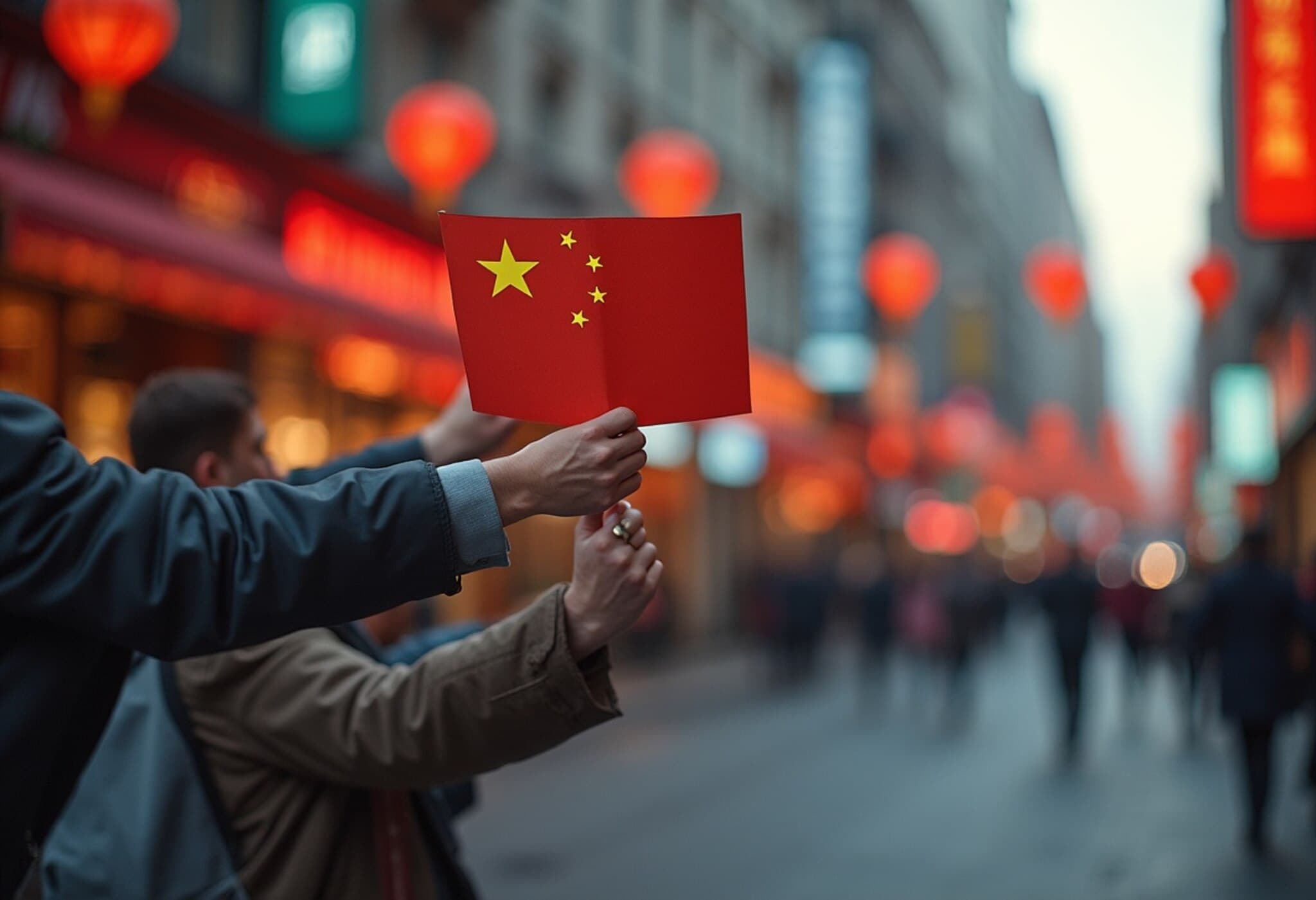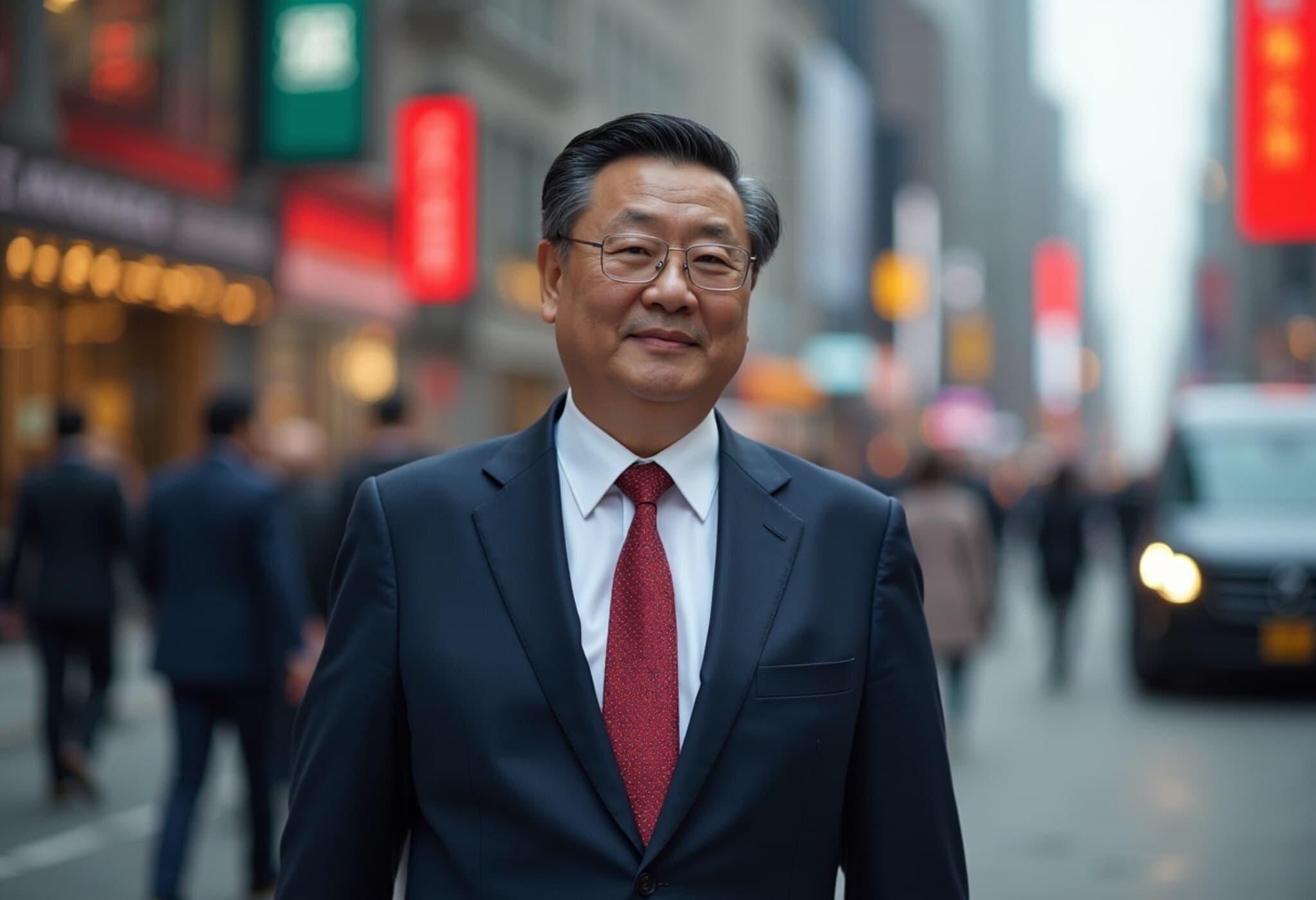Volvo Cars Faces Growing Challenges from U.S. Tariffs
Sweden’s Volvo Cars, a stalwart in the automotive industry and a brand recognized globally for its safety and innovation, is shifting gears in the U.S. as rising trade tariffs challenge its operational landscape. Owned by China’s Geely Holding, Volvo recently reported a significant downturn in its second-quarter financial results, underscoring the pressures mounting on European carmakers due to current trade policies.
Second-Quarter Financial Setbacks
In its latest earnings, Volvo Cars revealed that its operating profit (excluding items impacting comparability) dropped sharply to 2.9 billion Swedish kronor (approximately $298 million) from 8 billion kronor in the same quarter last year. Simultaneously, revenue declined to 93.5 billion kronor compared to 101.5 billion kronor a year prior. A one-off non-cash impairment charge of 11.4 billion kronor also weighed heavily on the company’s bottom line.
These figures reflect the broader turbulent environment confronting the automotive sector, especially for companies like Volvo that are heavily exposed to U.S. tariffs. Since early 2024, Washington has imposed drastic duties such as a 27.5% tariff on European-made vehicles and a startling 100% tariff on electric vehicles imported from China, compelling automakers to rethink their U.S. strategies critically.
Shifting Production and Product Strategies
Against this backdrop, Volvo has announced plans to ramp up production of its best-selling SUV, the XC60, at its existing plant in Ridgeville, South Carolina. This decision marks a strategic move to localize production and mitigate tariff impacts. Scheduled to begin output by late 2026, this will help Volvo leverage its American factory as a vital asset rather than relying predominantly on imports.
Conversely, the automaker is withdrawing certain sedan and station wagon models from the U.S. market amid declining consumer demand for these segments. This combination of product lineup adjustment and local manufacturing highlights Volvo’s effort to align with American buyer preferences and tariff realities.
CEO’s Commitment and Market Outlook
Volvo CEO Håkan Samuelsson emphasized the brand’s enduring commitment to the U.S., where it has maintained a presence for 70 years. Speaking to CNBC, Samuelsson clarified that Volvo is not planning to exit the market, but instead aims to optimize its factory utilization and meet local demand through the XC60 production ramp-up. He explained, “Our factory in South Carolina should be the strategic asset it was intended to be. We have to utilize it more.”
Broader Implications for Global Automakers
Volvo’s scenario is emblematic of the larger challenges that European and Asian automakers face due to U.S. trade policies. The steep tariffs on European vehicles have incentivized companies to increase their American manufacturing footprint, shaping not only production decisions but also investment flows and supply chain configurations.
The evolving consumer preferences in the U.S., gravitating towards SUVs and electric vehicles (EVs), also add layers of complexity. While tariffs on EV imports from China impose significant financial burdens, automakers like Volvo are forced to balance between adapting their product mix and enhancing local capacity to sustain competitiveness.
What’s Next for Volvo and the Industry?
- Localization: Volvo’s increased production of the XC60 domestically is a key move to mitigate tariff impact and enhance market responsiveness.
- Product optimization: Phasing out less popular sedans and wagons aligns with shifting U.S. consumer trends favoring SUVs.
- Tariff negotiation pressures: Industry observers wonder whether sustained tariff pressures may prompt fresh trade dialogues to ease import costs in the future.
- Investment in innovation: Volvo’s strategic decisions hint at the necessity of novel approaches to production, electrification, and market engagement.
Editor’s Note
Volvo Cars’ experience reveals the intricate dynamics at play when geopolitics intersects with global business. The tension between maintaining market access and managing rising costs due to tariffs forces automakers into complex strategic recalibrations. While expanding U.S. production offers a pathway to circumvent tariffs, it also requires substantial investment and careful planning. For consumers, these shifts might lead to a narrower yet more tailored vehicle selection, reflecting evolving tastes and regulatory landscapes.
As the trade environment remains uncertain, the big question remains: Will policy adjustments ease the burden on foreign automakers, or will we see a lasting reshaping of the U.S. automotive market driven by localized manufacturing and changing consumer demands?

